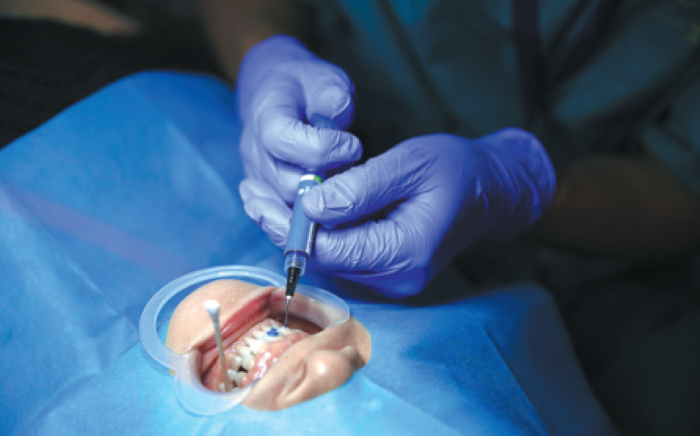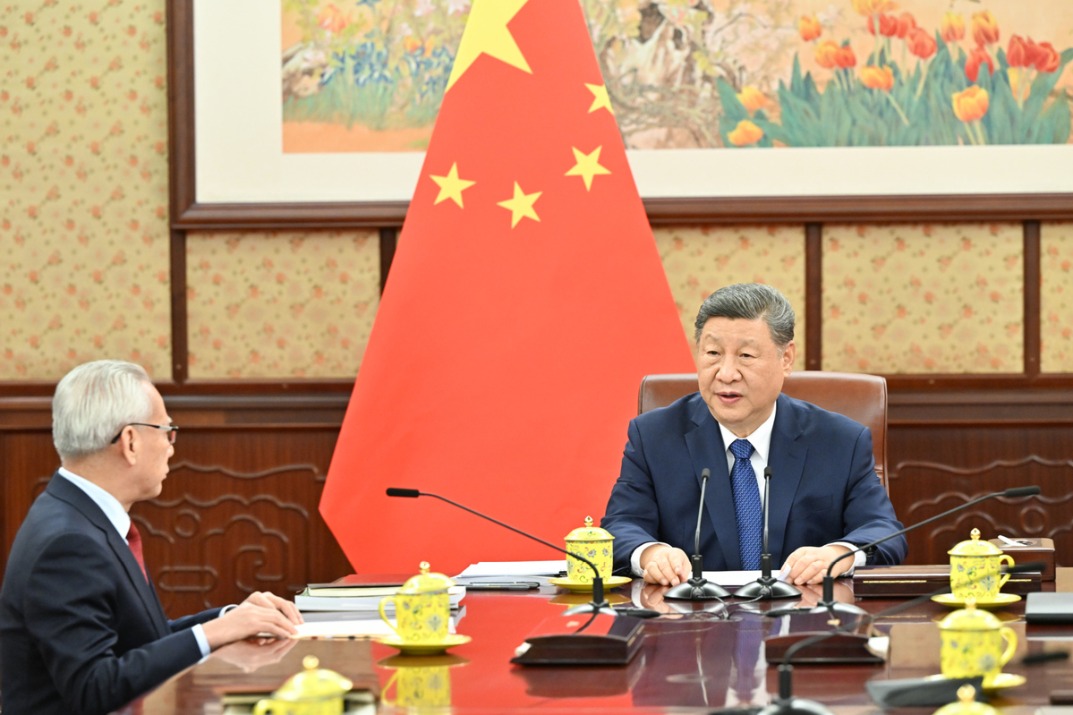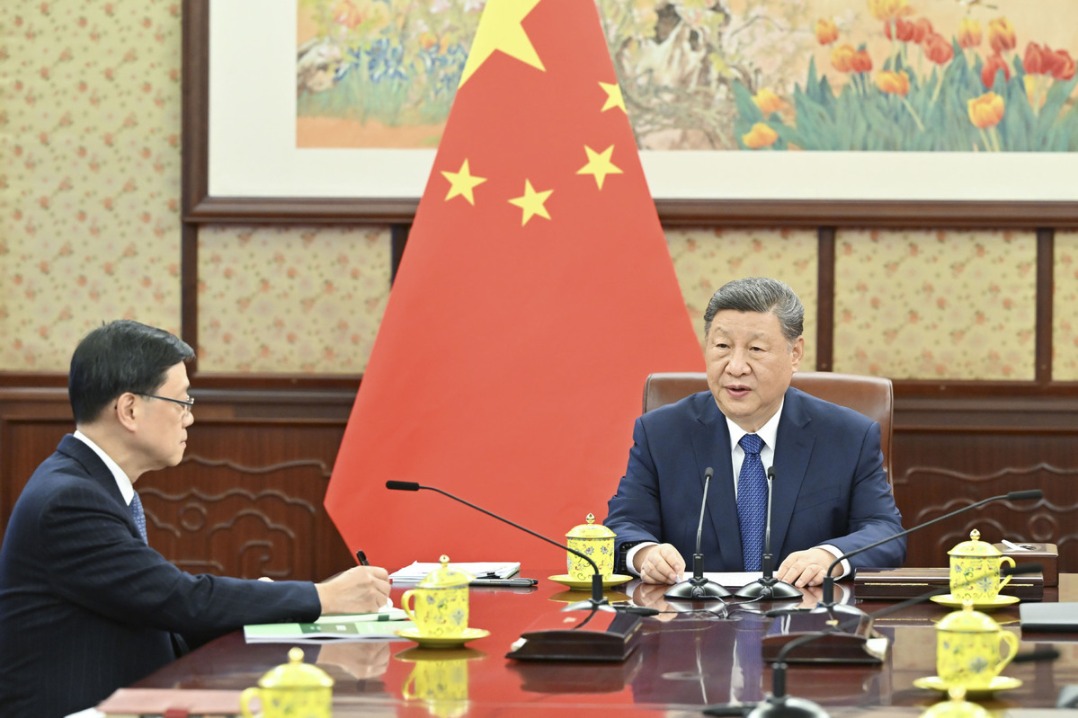Beauty skin deep, and pockets lined
By LIU ZHIHUA | China Daily | Updated: 2021-03-04 09:08

Traditionally, aesthetic medicine institutions have faced high customer acquisition costs, while customers have found decisionmaking difficult due to the opacity of information. The internet has, to a certain extent, solved these two problems, according to the Deloitte report.
"Aesthetic medicine institutions are becoming more rational in the selection of access-to-market channels and delivery platforms, whilst increasingly adopting high precision and more refined marketing methods to maximize value of the input-output effect," it said.
Historically, medical aesthetic institutions mainly used traditional advertisements and search engines to gain customers, leading to crude matching, increasing costs and falling returns on investment. With high-precision marketing, the ROI of aesthetic medicine customer acquisition platforms is increasing year after year, according to the report.
China's leading aesthetic medicine clinic franchise BeauCare Clinics said SoYoung and Meituan contribute to more than 45 percent of its new patient visits, and despite the impact from the pandemic, the company still met its yearly revenue expectations in 2020 thanks to the rise of minimally invasive procedures and recovered market demand in the second half.
"Digitalization in the industry is getting faster due to the pandemic, but also because unlike medical treatment for an ailing patient who needs offline medical checks, video consultation and online promotions are often enough for aesthetic medicine customers, and the rise of internet platforms offers aesthetic medicine practices more channels for advertisement and promotion, said Li Bin, president of BeauCare Clinics.
However, he said customers using internet platforms are price-sensitive, and sometimes are not rational enough to prioritize quality over price.
According to Luan Jie, director of the Chinese Society of Plastic Surgery under the Chinese Medical Association, the development of online platforms improves transparency of aesthetic medicine information for customers.
"Thanks to the digitalization of the industry, customers are becoming better informed. They have more open channels to trace back the origins of services and medical devices and drugs to be used," Luan said.
Besides, internet platforms help consumers avoid illegal and substandard service providers as they reinforce scrutiny over aesthetic medicine practices' professionalism and compliance with government regulations, he added.
In the past, many practitioners and institutions relied on advertisements and promotions to attract customers, but now professional skills speak louder, he said.
However, as the domestic aesthetic market expands, illegal practices in the sector, such as providing services without certificates, counterfeits and smuggled drugs remain rampant.
China's aesthetic medicine market grew from 64.8 billion yuan ($10.04 billion) in 2015 to 176.9 billion yuan in 2019, with an impressive 28.7-percent compound annual growth rate, while the global market grew at a CAGR of around 8.2 percent over the same period, according to the Deloitte report.
The domestic market is poised to grow at a 15.2 percent CAGR between 2020 and 2023, versus 7 percent globally, following a period of adjustment.
Market consultancy iResearch said there were 13,000 legal aesthetic medicine institutions in China in 2019, but 15 percent of them provided services beyond their certificates. It is estimated that more than 80,000 beauty salons and lifestyle practices provided aesthetic medicine services illegally.
There were 38,343 legally registered practitioners, yet illegal practitioners amounted to more than 100,000. Among the legal practitioners, about 5,000 provided services illegally in institutions beyond their registrations in 2019.
Moreover, iResearch estimated two-thirds of the injection drugs circulating in the domestic market are either counterfeits or smuggled.
According to the Chinese Association of Plastics and Aesthetics, there are about 20,000 complaints annually on deformations caused by aesthetic medicine treatments in China.
























